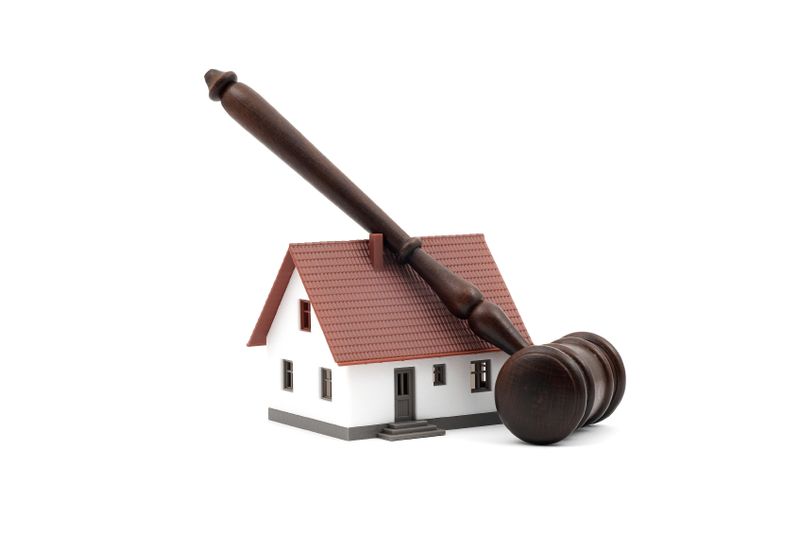An Ontario Court of Appeal decision last year totally reversed what had been commonly viewed for the last 100 years as the law on interference with a right-of-way.
The lawsuit was brought by the owners of several adjacent row houses on the south side of Cottingham St. in Toronto.
Behind each house is a common laneway that crosses the land owned by six homeowners, and on the far side of the laneway, each house owns a private garage.
The owners have deeded rights-of-way over the laneway allowing them to cross over their neighbours’ property “for the purpose of vehicular ingress and egress.”
In 2012, the owners of the end unit, Peter and Rachna De Koning, decided to build a large addition to their house. The addition includes a three-storey structure, an outdoor balcony on the second floor and a patio and planter on the ground floor.
Most of the addition is constructed on part of their own property which is not subject to any right-of-way in favour of their neighbours. However, a small portion of the house, part of the balcony and a large portion of the patio encroach on part of their land that is subject to a right-of-way in favour of their neighbours. On paper, this means that the neighbours have a right to travel over part of the house, balcony and patio.
The encroachment narrowed the effective width of the laneway from what was supposed to be a 12-metre width. At its narrowest point, the additions to the de Koning house reduce the width of the laneway to about 4.4 metres (14’ 5”).
The neighbours applied to Justice David Stinson in December 2013, for a declaration that their access rights had been unlawfully obstructed. Had the order been granted, it would presumably have required removal of that part of the de Koning improvements sitting on the shared laneway.
Commenting on the litigation in Law Times last month, Jeffrey Lem, Ontario’s new director of land titles, said, “I would hazard a guess that the majority of real estate lawyers would find the facts in (this case) constitute a slam-dunk trespass and the encroachment should be removed.”
This was especially true, he added, since the Ontario Court of Appeal had ruled in 1921 on nearly identical facts that the encroachment was a trespass and had to be removed.
Instead of following the earlier case, Justice Stinson took into consideration the actual purpose and wording of the laneway easement and allowed the encroachments to remain in their present position.
He noted that despite the encroachment, the neighbours continue to have reasonable access to the laneway and are not prevented from using it for the purpose for which it was intended. “The right of access,” he wrote in his decision, “continues unimpeded.”
The ruling effectively adjusted the boundaries of the laneway. It means that an encroachment on a right-of-way is now actionable only if there is a substantial interference with the wording of the deeded right-of-way. No lawsuit can be successfully maintained if the reduced right-of-way can be used as conveniently after as before the obstruction.
Unhappy with the lower court ruling, the neighbours appealed to a three-judge panel of the Ontario Court of Appeal. The court ruled that a landowner cannot sue for obstruction of a right-of-way to which he or she is entitled unless there is actual, substantial interference with those rights.
Since there was no such interference in the Cottingham St. case, the Court of Appeal upheld the trial decision.
The losing neighbours had to pay trial costs of almost $35,000 and appeal costs of $12,000, plus their own legal bills.
Over the years, I have assisted clients in right-of-way disputes involving such things as garbage bins or air-conditioning units placed in shared driveways. In the wake of the decision in Weidelich v. de Koning, neighbours will now have to concentrate on the expressed purposes of the rights-of-way to determine whether they can pursue any infringement.
Bob Aaron is Toronto real estate lawyer. His Title Page column appears on this blog, Move Smartly, and in The Toronto Star. You can follow Bob on Twitter @bobaaron2 and at his website aaron.ca Email Bob
April 8, 2015
Legal |



